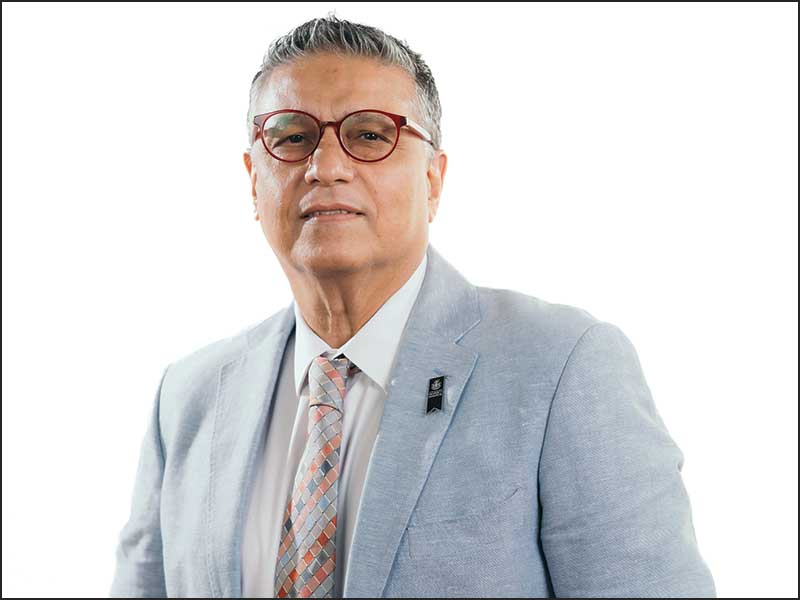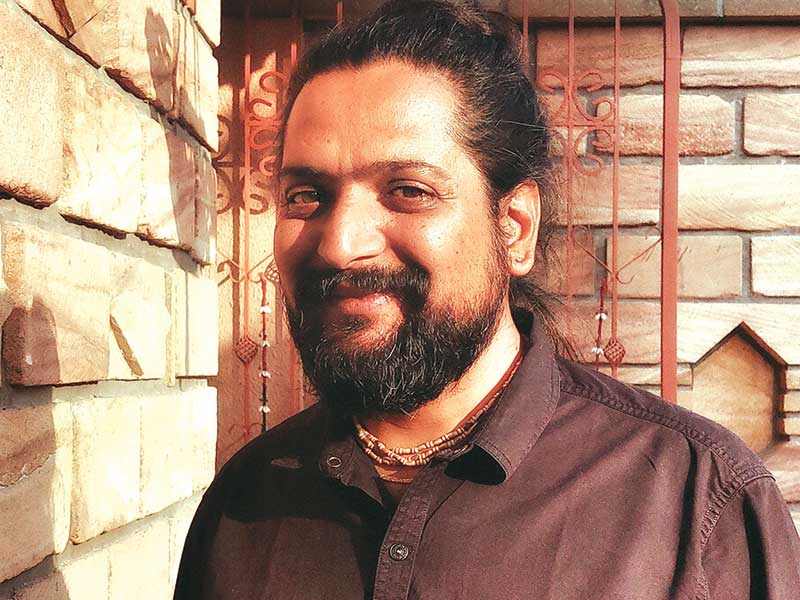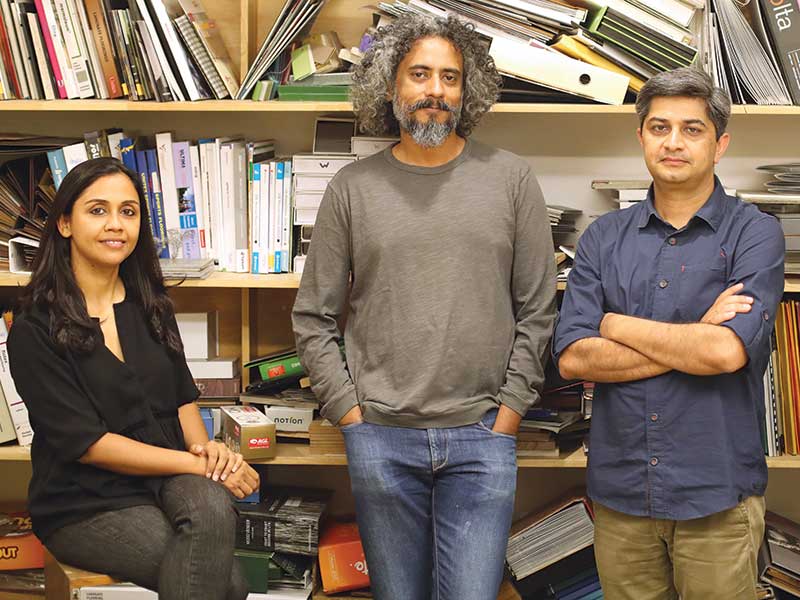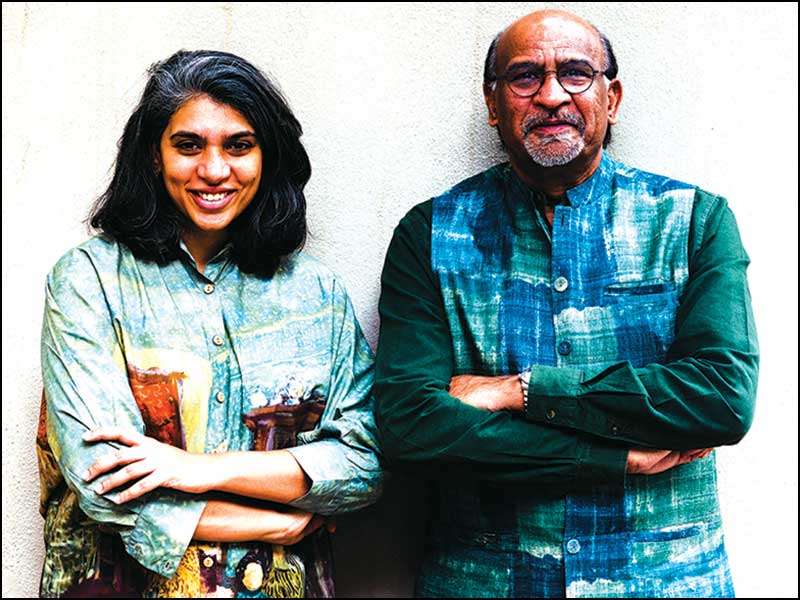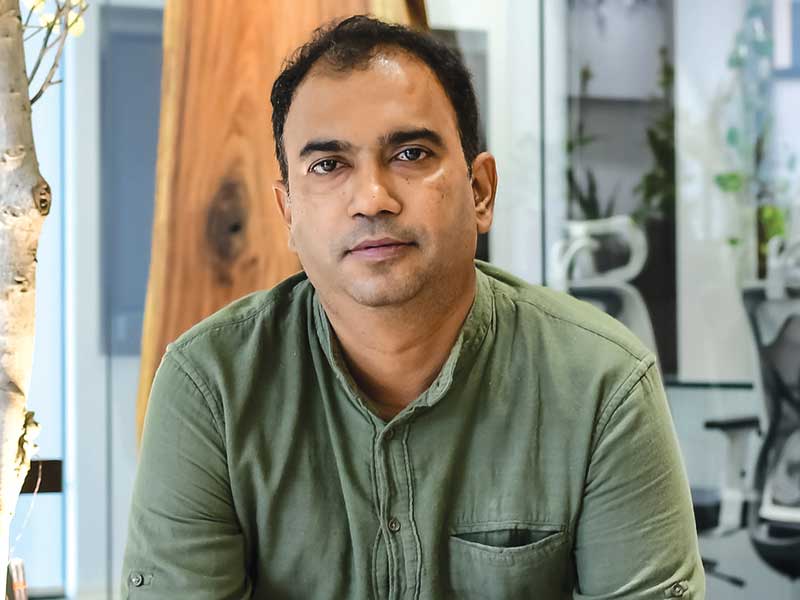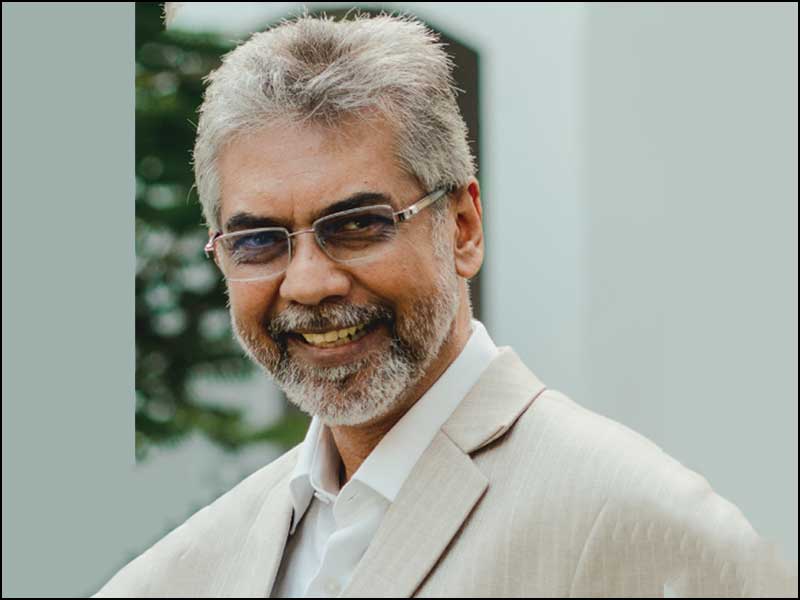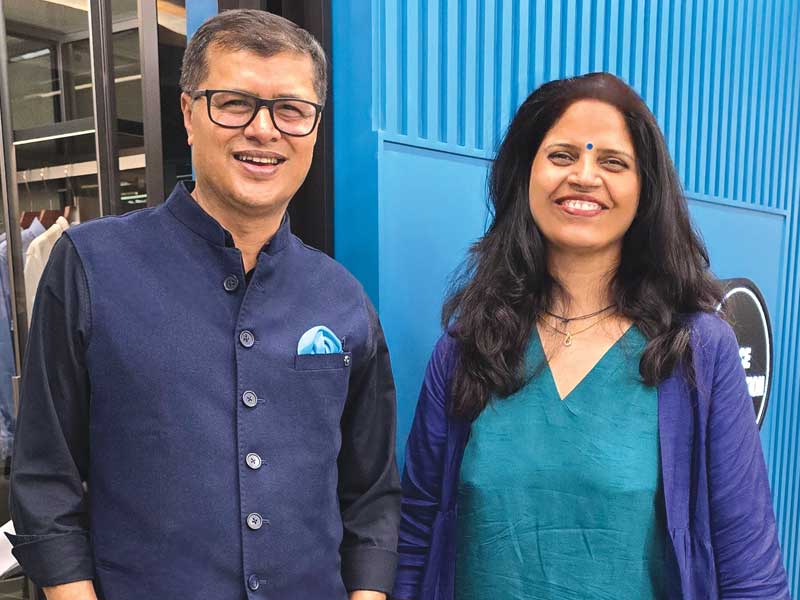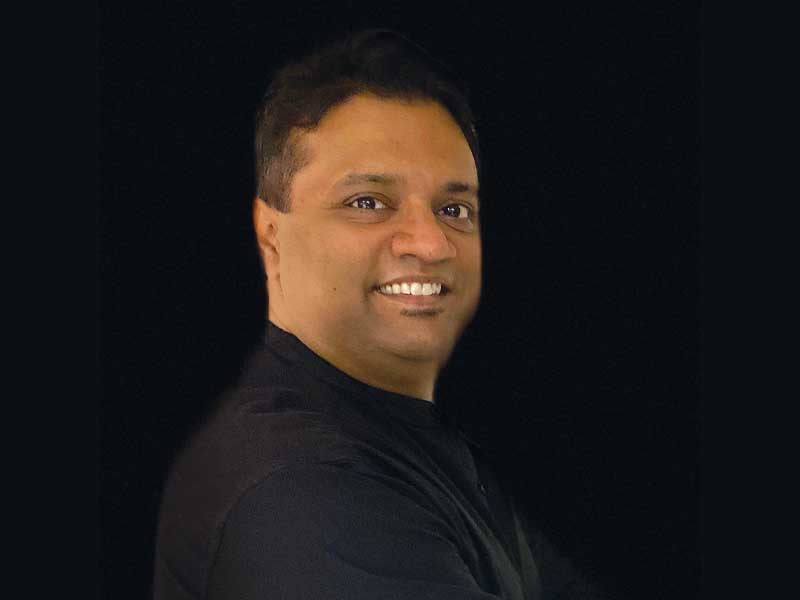
Sustainability is the buzzword for architecture today and protecting the environment is the top priority in the construction industry. Energy conservation, efficient planning use of environment-friendly materials and providing green cover are gradually becoming the norm in the practice of architecture. Building design is progressing to fluidic forms and people are open to new trends. Having said that, the façade design will continue to be governed by local bylaws of each region and could sometimes be restrictive. However, architects are thinking out of the box trying to merge global influences with local ingenuity, especially in high-rise towers.
Use of modern technologies can take creativity to a different level; you can convert your imagination into reality as the new software can help you construct forms you cannot draw.
Rhino has been discovered by architects over the past few years for these very reasons. It is light in its data base, easy to learn, easy to use and very cost-effective in comparison to the others. As digital models have started to streamline the design process with their ease of use and fast and accurate results, Rhino with its ability to consistently pan, zoom, and rotate views around drawn components, designers have amplified this unique tool in the workplace.
BIM is slowly but surely replacing CAD as the preferred medium for planning and modelling AEC projects, transforming the future of buildings, design, and construction and it will soon take the architectural practice a step further.
By automating design optimization, computers will be able to automatically sort through thousands of possible design permutations and select the top designs that meet a project’s requirements. It’s a promising future wherein buildings, design and construction will be cheaper, safer, more efficient, and more responsive to end-users.
 Kalpataru Sparkle - a residential complex in Bandra (E), Mumbai
Kalpataru Sparkle - a residential complex in Bandra (E), MumbaiModern and traditional materials can co-exist depending on how you choose to use them.
Traditional materials have always been there despite new innovations and are here to stay as they are time-tested and environment friendly. Along with the new innovations in building materials that are happening consistently over the past decades, traditional materials are being used but with a modern take. Different kinds of treatment to wood, plastic, glass and natural stone to create facades are taking precedence over the standard norms. But having said that, the distinction between the traditional and the new materials also depends on the kind of structure you are wanting to create. A commercial building will have more use of glass, steel and composite panels, whereas architects are experimenting with the traditional materials albeit in a different form and texture for residential projects.Mmodern methods are unlikely to replace labour completely.
Modern construction techniques like prefab and drywall are unlikely to replace labour completely.
Modern techniques of construction reduce timelines for project completion considerably and provide freedom for creative design. We are now able to design aesthetic facades and create different effects with the use of these techniques. However, they are more expensive and as labour is relatively cheaper in India, modern methods are unlikely to replace labour completely.
The implementation of RERA has been a big boon to the industry.
RERA has resulted in more transparency and has sped up the process time taken for permissions. Projects will now be completed on time as strict adherence to deadlines is mandatory. New DC rules to be announced by the government are eagerly awaited as it will be interesting to see how development will change after its implementation. However, world-class building designs are still not possible as architects are still bound by regional by-laws, which restrict creativity significantly.

